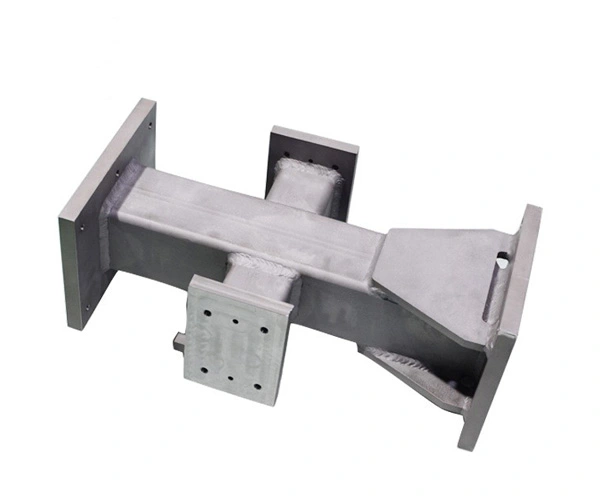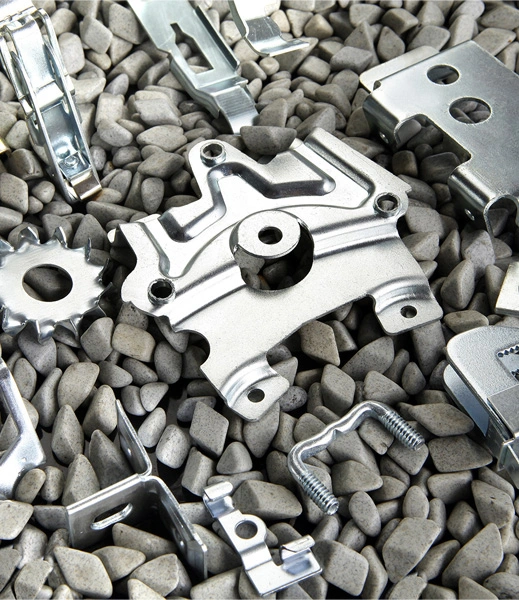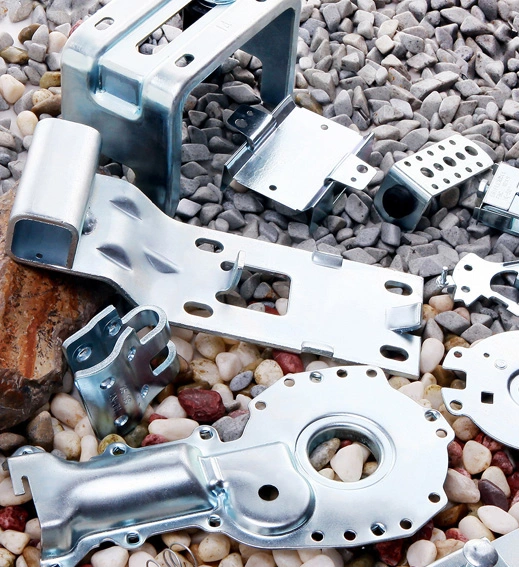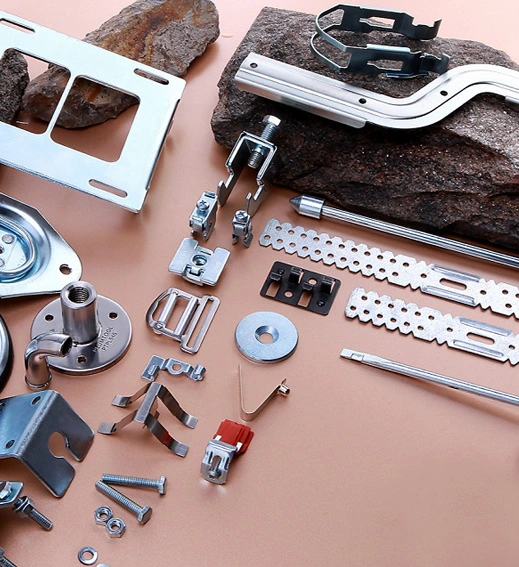

Material: Aluminum
Surface: sand blasting
Customized Size
Main Process: stamping and welding
Tolerance: ±0.5mm
Laser cutting, sheet metal stamping, welding and assembly
1. Preparation work: Firstly, it is necessary to determine the variety and quantity of welding materials required by the robot, and make a reasonable selection of welding material characteristics. Then, surface treatment is carried out on the welding material, including cleaning, cutting, and shaping, and appropriate welding methods and materials are selected according to the welding requirements. Finally, conduct safety and equipment inspections to ensure compliance with relevant safety standards.
2. Assembly work: Assembly work is divided into two steps: positioning and fixing. Firstly, it is necessary to position the welded parts well, that is, to fix multiple metal components together according to the design requirements, to ensure the accuracy and stability of welding. Then, fix it with fixtures, suspension devices, chucks, and other equipment to ensure that the welded components do not move or move.
3. Welding work: The specific welding methods may vary depending on the welding materials used. The commonly used methods for robots include arc welding, gas shielded welding, and laser welding. During the welding process, robots need to strictly follow the welding regulations and parameters to ensure welding quality. After welding is completed, the welding area should be inspected to ensure that the welding quality meets the design requirements.
4. Post processing work: including grinding, heat treatment, anti-corrosion, and other work. After welding, the welding area needs to be polished or cut to make its surface flat. Then, heat treatment is applied to the welding area to improve welding strength and ductility. Finally, apply coating or anti-corrosion treatment to prevent corrosion of the welding area.



